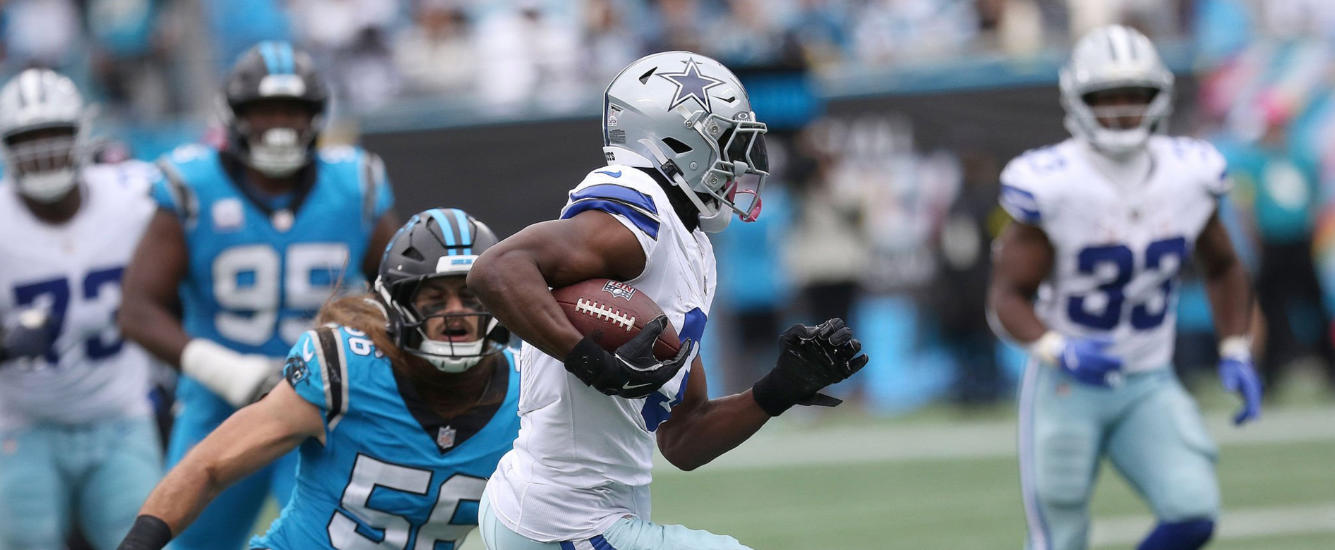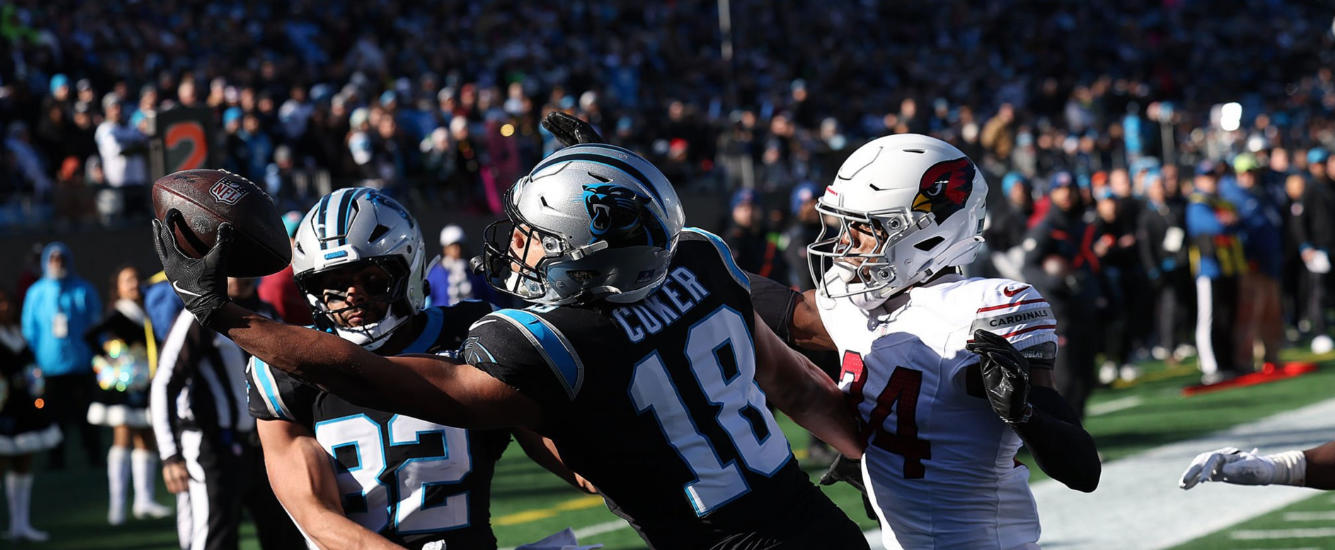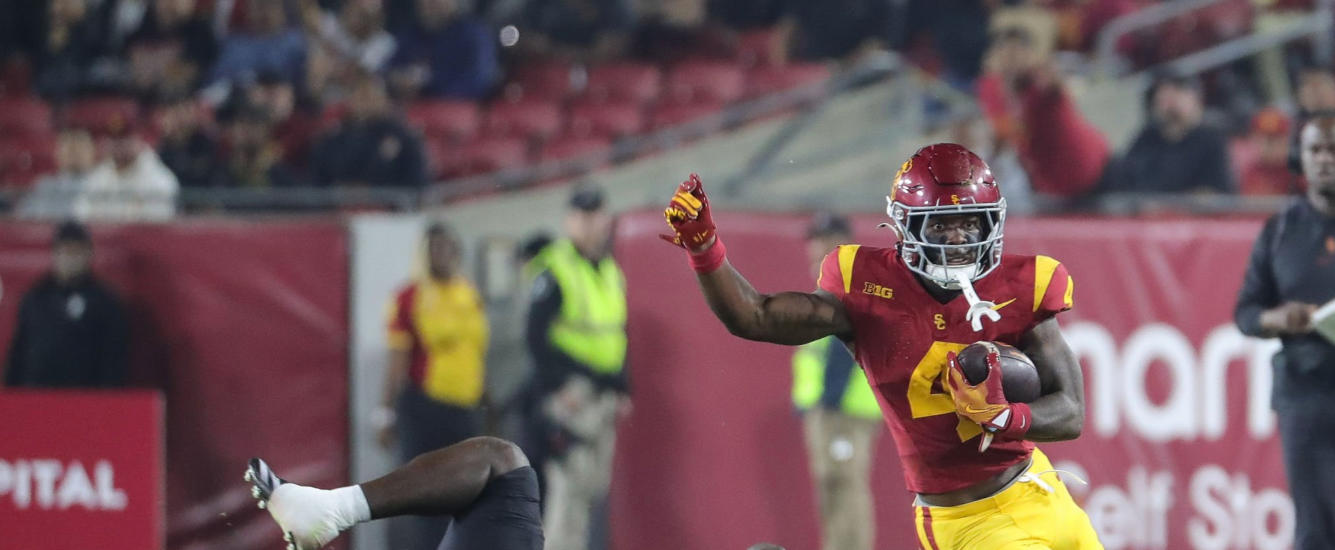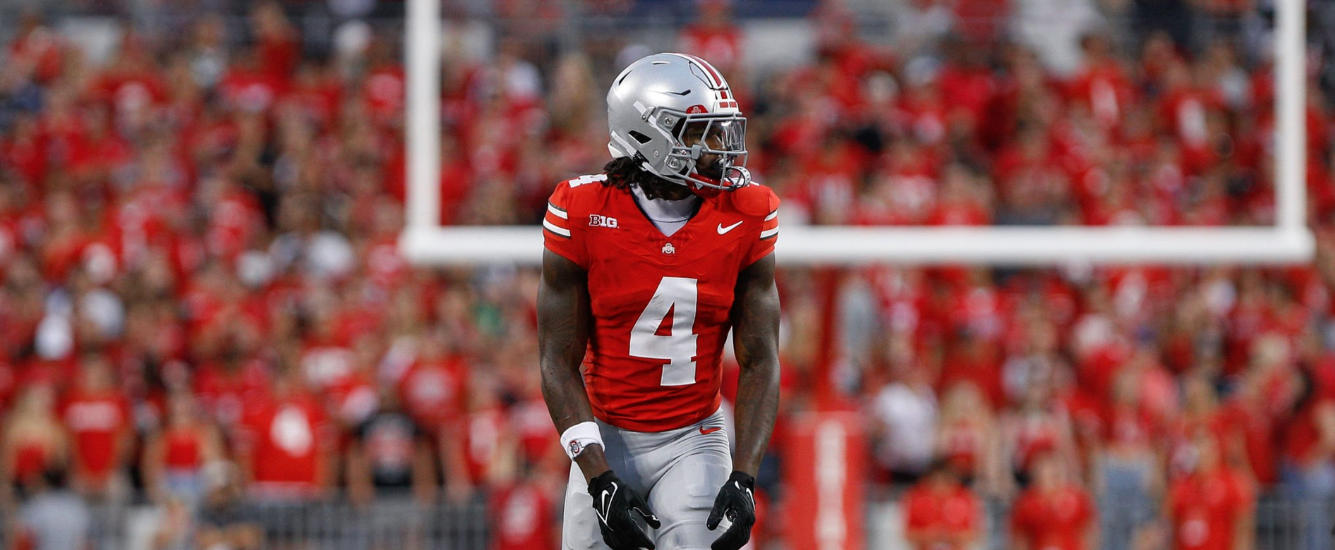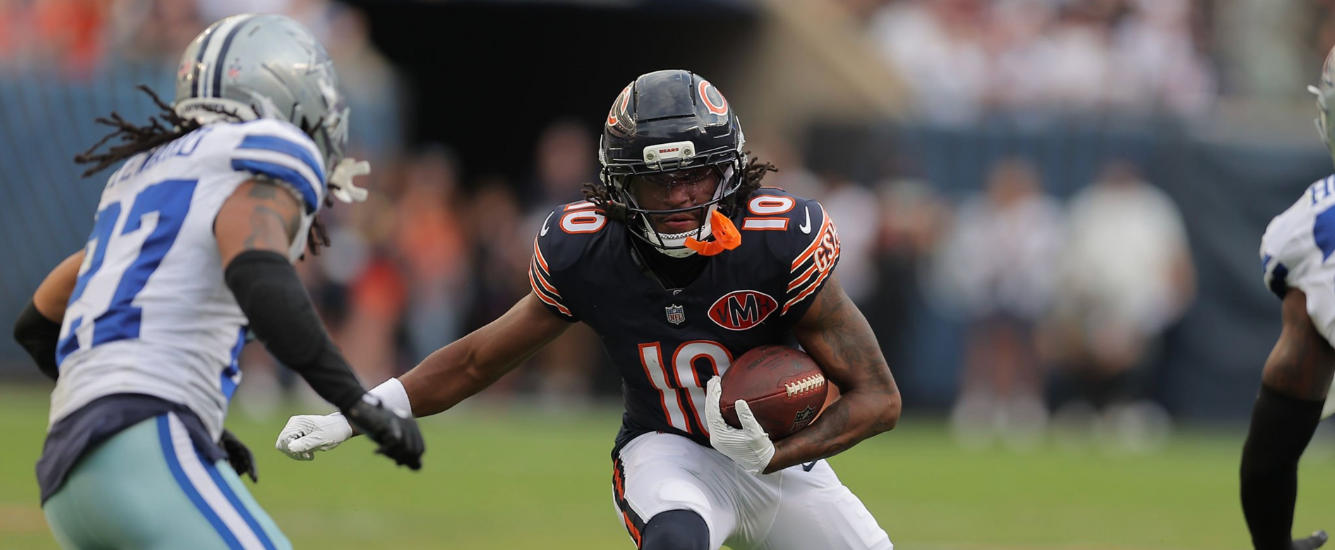One of the more exciting, unique, and strategic features of Franchise League Football is the college farm system. As it is about to be released on the app, FLF players will want to take a deeper dive into optimizing their pick.
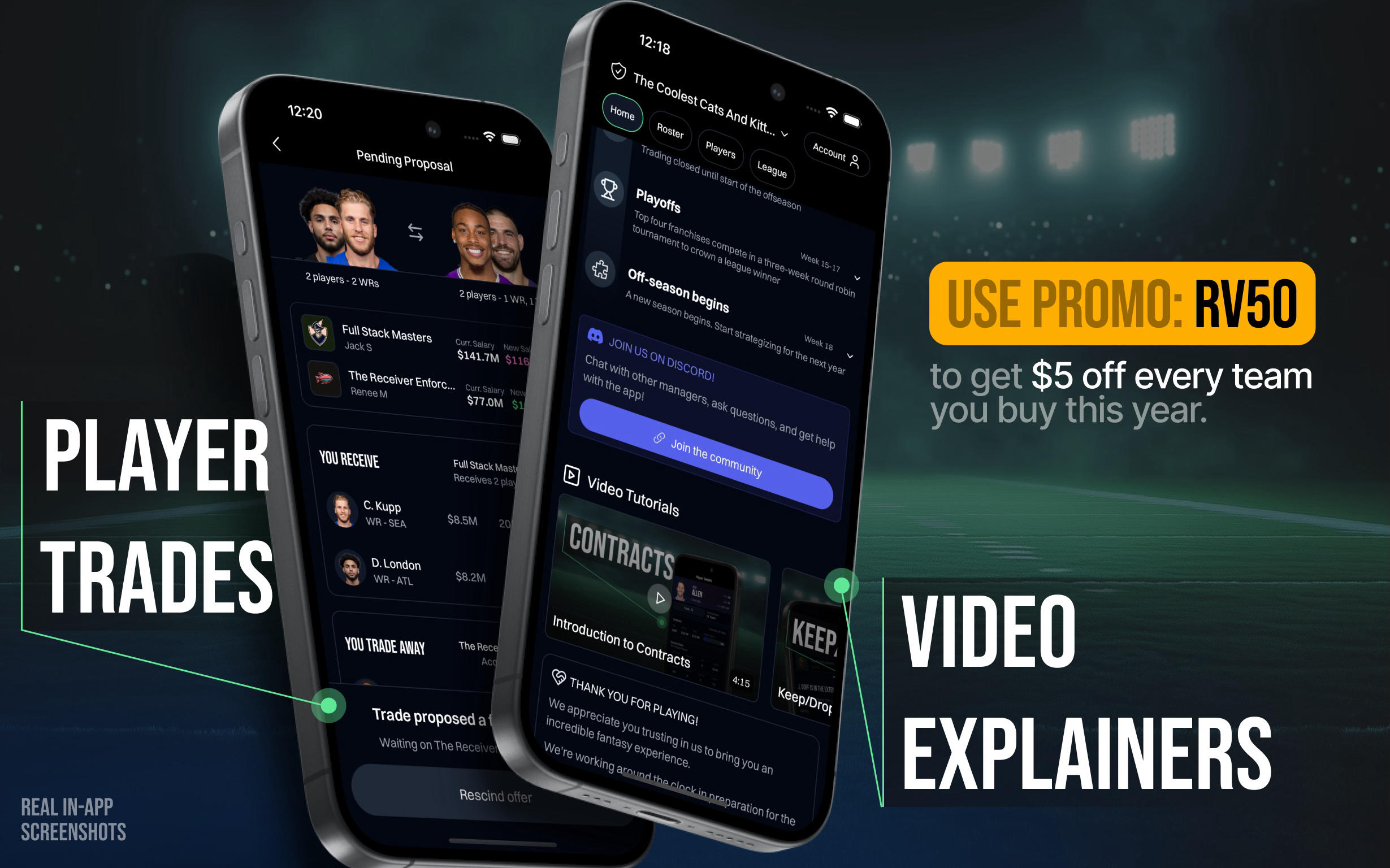
First, a quick recap of how the college farm system works. Every year, a college farm draft occurs in which franchises select a college player. Alternatively, if they have a player from the previous year who remained in college, they can choose, before the draft, to retain that player instead of (or in addition to) selecting a new one. Except in a league’s inaugural season, when the picking order is random, the order is based on a two-tiered system. The previous year’s playoff teams pick last, and in reverse order of playoff finish — so the champion picks last. The non-playoff teams participate in an elimination tournament during the playoff weeks in which the winner gets the first pick, the runner-up gets the second pick, and so on — thus providing at least some incentive for those teams to play until the end of the season.
The value of a college farm player can be enormous. When they enter the NFL, their contract is $2M in the first year (the league minimum), $4M in the second, and then they become a restricted free agent in the third year, with a $6M base salary. Those just starting in FLF this year might have noticed Bijan Robinson and Jahmyr Gibbs in the RFA round. That’s because in a seasoned league, they would have been on a college farm roster three seasons ago, and then a franchise would have rostered them for $2M and $4M in the last two seasons.
In the league that I have played in for over two decades, The League of Minerva (which FLF is based on) the team with Robinson as their college player won the championship the last two seasons. Having him at that extremely low price enabled them to focus their cap money on other top talent. Think of it as an NFL franchise that builds their roster around a great QB on a rookie contract. It might be a short window, but it is highly valuable. In Year 3, the player is repriced to the market in the RFA auction, but the franchise who drafted him can still match and retain their rights.
As one might expect, it can be tough picking the optimal college player at the beginning of the season. Last year, Ashton Jeanty was the fourth pick. It is generally not until later in the college season that NFL performance becomes most predictable. Even then, there is still the variable of landing spot, as well as simply how even a superstar college player will adjust to the NFL. Another X-factor has recently emerged: players getting paid in college incentivizes them to stay another year. TreVeyon Henderson would likely have been the first running back selected in the 2024 draft. But he was incentivized to stay at Ohio State for his senior season. His FLF franchise had to hang on to him for another year.
Weighing all of these factors is what makes the college farm draft fascinating. The key is to optimize for value potential.



